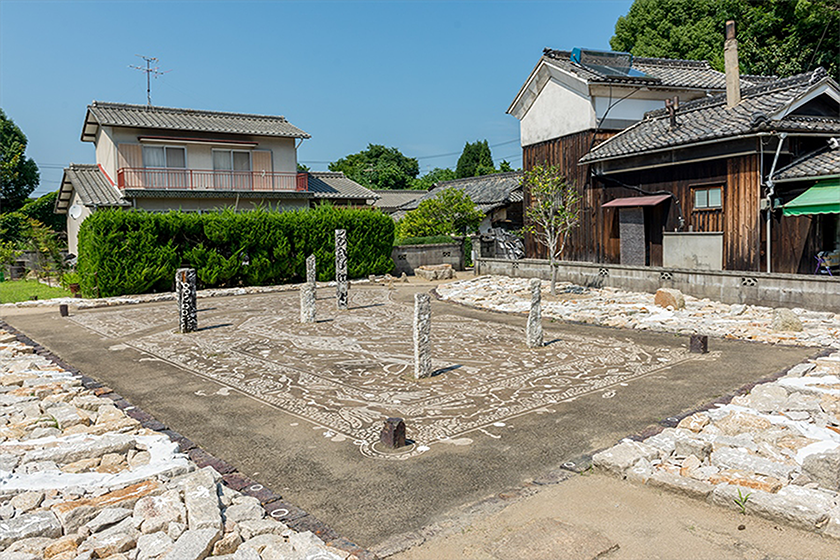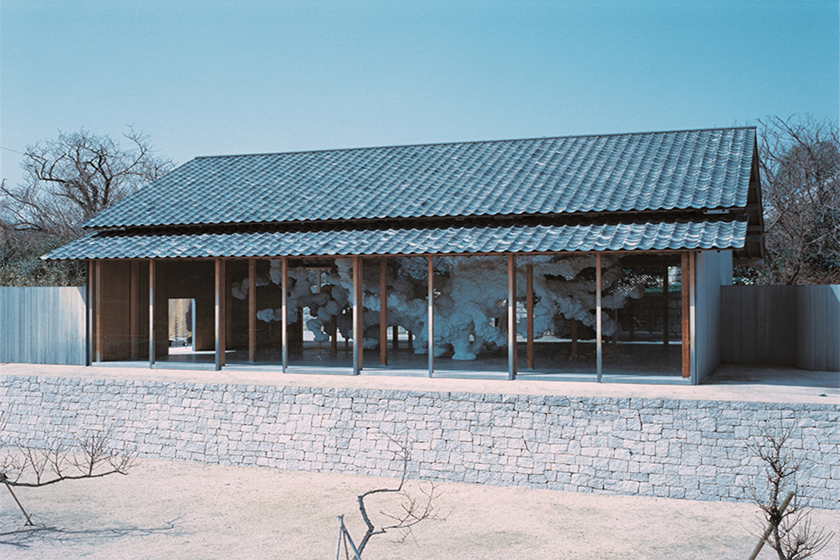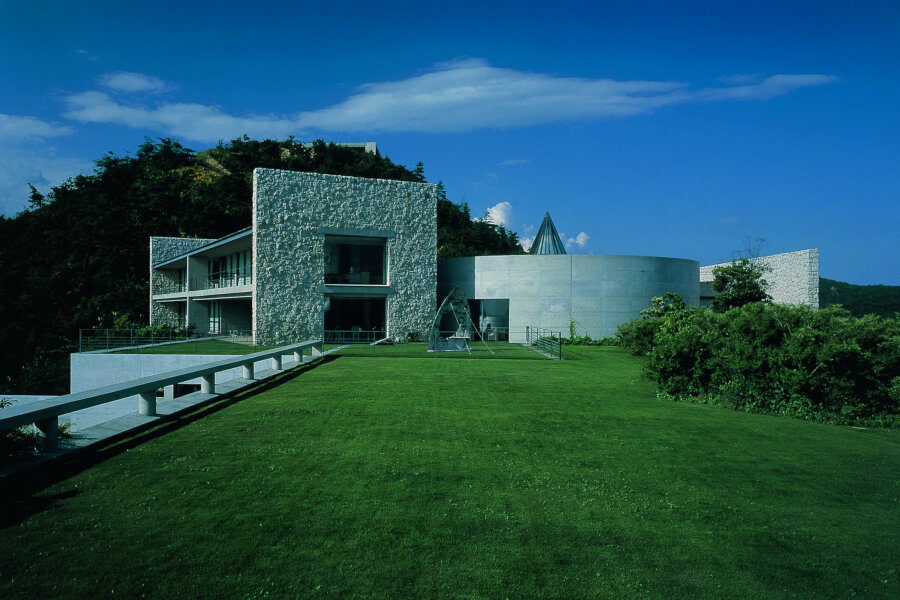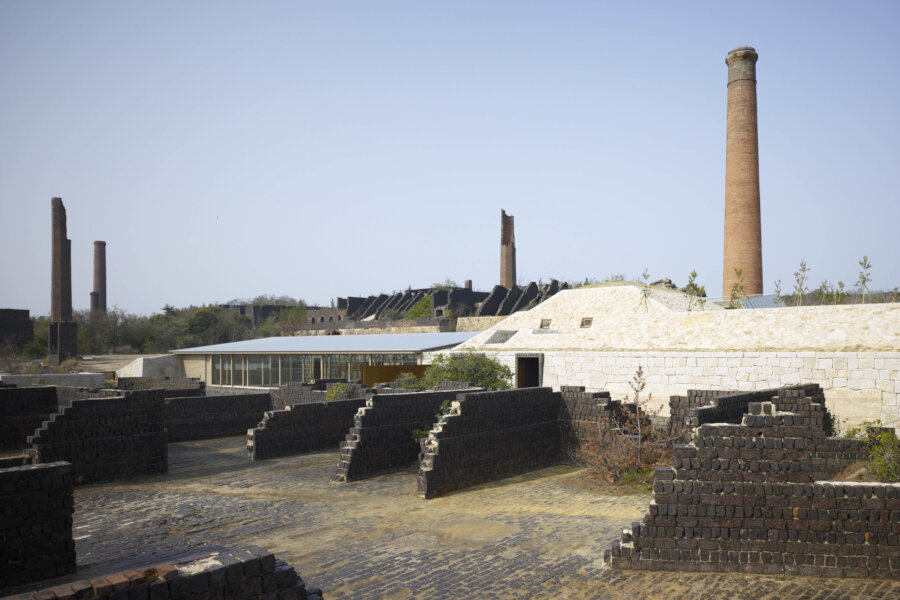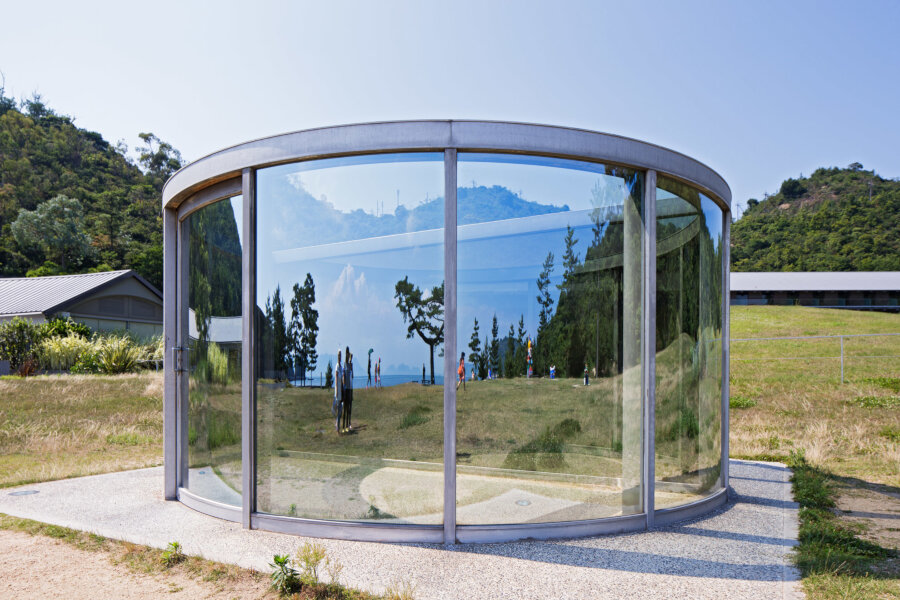Archive series 11st : the Claude Monet room in the Chichu Art Museum
"Benesse Art Site Naoshima - Archive series" takes a look back through the records of Benesse Art Site Naoshima, the art project founded in the 1980s. In this 11th installment, as the installment to close the series, we will be introducing the Claude Monet room in the Chichu Art Museum, opened in 2004 as a "place to think about nature and people."

The Chichu Art Museum was built mostly underground to avoid affecting the beautiful natural scenery of the Seto Inland Sea. Artworks by Claude Monet, James Turrell, and Walter De Maria are on permanent display in this building designed by Tadao Ando. The catalyst behind the museum's creation came when Soichiro Fukutake acquired a 2m x 6m Monet painting. By displaying artworks against the backdrop of the beautiful Setouchi scenery, they would create a place where people could reflect on the meaning of richness, and what it means to "live well" ---- they then worked on deciding how Water Lilies would be displayed, and creating a space that would combine the artworks with their surroundings.

Water-Lily Pond, a 2m x 6m painting, is from the same series as the Grandes Décorations, on display at the Musée de l'Orangerie in Paris. In his later years, Monet tried to capture the beginning and ending of each day, as well as the endless activity of nature, in the Grandes Décorations and the space where they were displayed. The Claude Monet room at the Chichu Art Museum incorporates Monet's ideas from the Grandes Décorations blueprints, such as ensuring the pieces are viewed with natural light, making the walls and frames white, and rounding the corners of the room so as not to interrupt the viewing experience.
For the size and shape of the exhibition room, the designers created and considered several models. Sometimes conflicting with Tadao Ando's intentions and standards for how the museum should be built, the results of this process were incorporated into the design nonetheless.
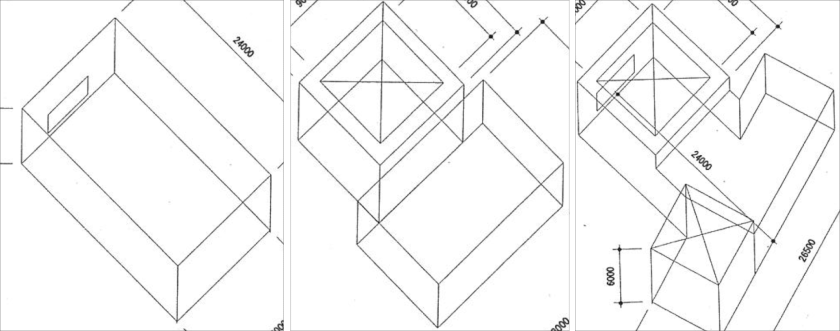
This consideration process continued even after construction had begun. The amount of natural light in the room is affected by the height and size of the dropped ceiling. To decide on these parameters, they conducted an experiment on the museum construction site, using specially created models and measuring the levels of natural light. For the walls and floor of the exhibition room, in order to preserve the texture and oil of the paintings, they considered not only color, but materials as well. Coarse plaster was applied evenly to every wall, and the floor was covered with 2cm square pieces of marble with no sharp corners.
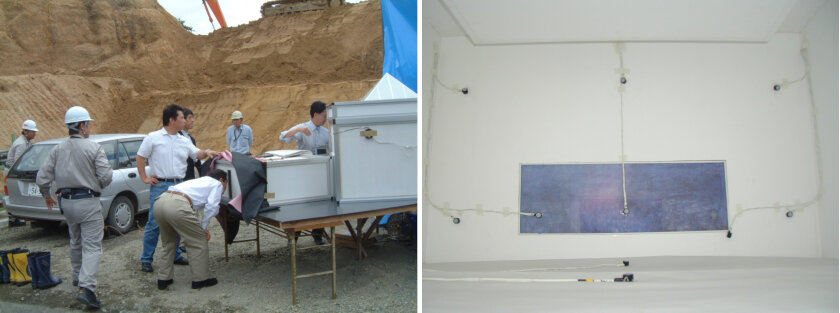
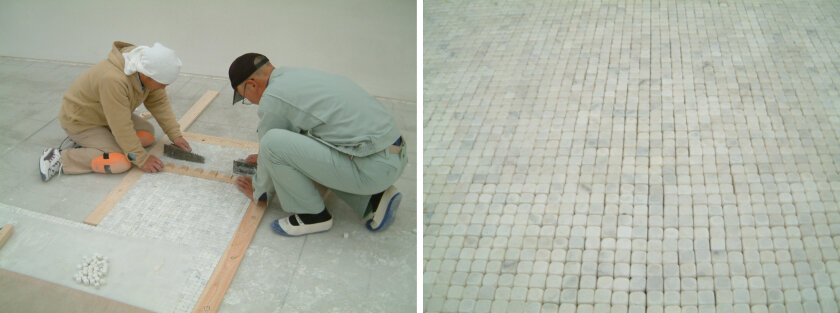
The Claude Monet room, while underground, is illuminated only by natural light, and through the artworks and atmosphere of the space, viewers can experience the way things change depending on the time, weather, and season. In all rooms, not just the Monet room, the exhibition spaces, designed separately for each piece, become one with the artwork, while also linking them both to this location in Naoshima. In a sense, the Chichu Art Museum is the culmination of all the site-specific works produced for Benesse Art Site Naoshima in the past. Even today, Benesse Art Site Naoshima's plans and endeavors to create a place where visitors can reflect on what it truly means to "live well," are still going strong.


